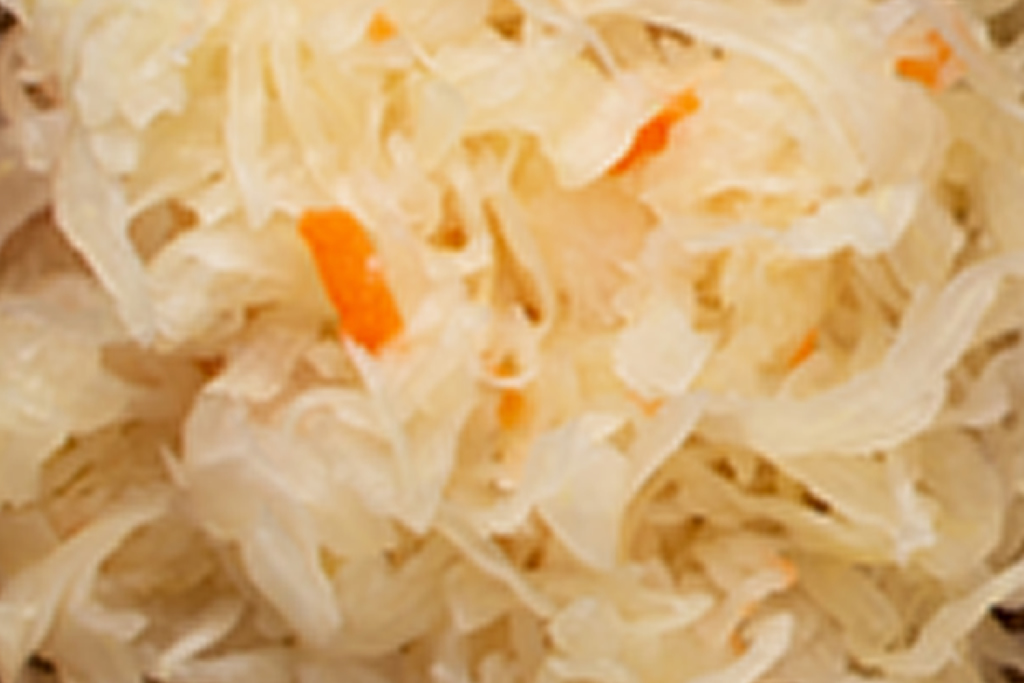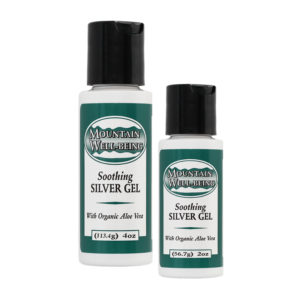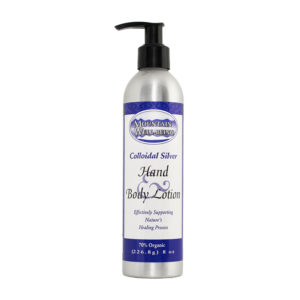
For every cell of your body, there are 10 bacteria cells! And did you realize that 80% of your immune system is located in your gut? This is a function of the good bacteria that live there. Which means that maintaining a healthy population of good bacteria, or probiotics, is essential for good health.
Probiotics are a huge, multibillion dollar industry, and one of the fastest growing segments of the natural health industry. This is due to an increasing awareness of the importance of probiotics on every aspect of health. Supplementing with probiotics in pill form can be confusing and costly. Luckily, there is a much better, cheaper and more natural way to insure your gut has an abundance of good guys living in there. And I’m going to show you how to easily make probiotics at home.
Fermented foods have historically been used by all cultures around the world by necessity. It was a way of preserving foods for use throughout the year. Modern society has all but eliminated the need for this ancient food preservation technique, so modern diets are often missing this very important health food. A typical probiotic capsule contains anywhere from 5-50 billion bacteria, where as a single half cup serving of homemade sauerkraut contains 10 trillion bacteria! Eating fermented foods on a daily basis is a great way to ensure that you are getting adequate good bacteria into your system.
Sauerkraut is one of the easiest fermented foods to make and is a good starting point for those wanting to incorporate the vast benefits of homemade probiotics. Here is one of a variety of different ways to make it.
First, shred your cabbage and any other veggies with a knife, mandolin slicer or food processor. I like mine shredded pretty fine.
Next, add spices and sprinkle salt on the cabbage at a rate of 10 grams of salt to one pound of cabbage, or approximately 3 tablespoons of salt per 5 pounds of cabbage. NOTE: If you are using Fido jars or jars with airlocks, you can get away with half this much salt. With clean hands, massage the salt into the shredded cabbage and let rest for 30 minutes or more. Then massage some more to try to bring out as much liquid from the cabbage as possible.
The next step is to fill your clean jars with the cabbage and press down firmly in the jars to get rid of any air pockets. Leave at least 2″ of headspace. At this point there may be enough liquid covering the cabbage, but if not, you need to add a brine solution of 24 grams salt per quart of water (or roughly 1+ tablespoons salt per quart) until the cabbage is completely covered in liquid.
Take whole cabbage leaves and roll them up like logs and put them on top of the liquid to help keep the shredded cabbage under the liquid.
Close the jar and keep it at room temperature (65-70 degrees is best) and in the dark for about 30 days, then place in the refrigerator for storage. You may want to keep a plate or container under the jars in case some liquid overflows.
And that’s it! You just created one of the healthiest foods imaginable. Fermentation increases the vitamin levels in vegetables by many times, and cultures an abundance of probiotics that are great for your inner ecosystem. The naturally occurring lactobacilli present on the cabbage will ferment it into a delicious and healthy sauerkraut.
If you wanted to give it a kick start, you could add a starter packet of bacteria (such as Caldwell’s), a couple capsules of probiotics you may have, 1/4 cup of whey or some liquid from a previous batch of sauerkraut, but this is absolutely not necessary. It will work fine without a starter.
Please note that most fermented foods sold in the grocery store have been pasteurized and therefore do not have the beneficial probiotics that you want. Once you’ve made a successful batch of sauerkraut, you may want to begin exploring other fermented foods, such as: kimchi, pickles, salsas, chutneys, condiments, kefir (both milk and water), kvass, kombucha, and so much more!
I hope this helps you understand the importance of fermented foods. Share this article with your friends in order to help improve their health with fermented foods. What’s your favorite fermented food? I would love to hear about some of your fermented food recipes and how they have helped improve your health.
Mountain Well-Being guarantees your 100% satisfaction with all our products! If you are not fully pleased with any Mountain Well-Being Colloidal Solutions (colloidal silver, colloidal gold, colloidal copper) for any reason, you may contact us by phone within 60 days for instructions on returning the bottle for a full refund of the purchase price, minus the cost of shipping. For all other products (sulfur, iodine, curcumin, moringa, etc.) you may return the unopened item within 30 days for a full refund of purchase price, minus the cost of shipping. The number to reach our customer service is 828-658-4237.



Mountain Well-Being’s mission is to help people improve their health utilizing Nature’s most precious minerals. We pledge to use the finest raw materials and the latest state-of-the-art technology in creating powerful, life-enhancing products of exceptional quality.
 Soothing Silver Gel
Soothing Silver Gel
 Colloidal Silver Hand and Body Lotion
Colloidal Silver Hand and Body Lotion
6 Responses
HI Jonathan,
Thank you very much for clarifying a lot of questions and apprehensions I’ve had on fermenting my own veggies. I was just wondering if you knew of a natural way to specifically culture vitamin K2 producing probiotics via natural food fermentation as oppose to using a starter culture.
Many thanks,
Caroline Nieto
Hi Caroline,
One of the best sources of vitamin K2 is natto, which is fermented soybeans. I’ve not made that yet, but I plan to and in my research I’ve learned that you need a specific natto starter called natto-kin, or you can use store bought natto or a previous batch of homemade natto to start the fermentation process. It needs to ferment at a high temperature (104 degrees F or warmer) in a glass container for about 24+ hours. A little research online should give you all the info you need. Also, and I meant to include this in the article, but two great books on fermenting foods are The Art of Fermentation by Sandor Katz (he writes about natto) and Nourishing Traditions by Sally Fallon. Both are excellent and highly recommended!
Vitamin K2 is so important and most americans are deficient in this relatively unknown vitamin that I may write an article about it in the future. As you know, it’s critical for ensuring calcium is deposited in the right places (teeth and bones) and not in dangerous locations, among other functions. Thank you for reading, and feel free to keep the questions coming. I’ll try to help.
Be well,
Jonathan
i am looking for an answer on person’s who are on blood thinners that can not have the vitiam K’s? What would be your suggestions.
Since you are taking blood thinners, I would not supplement with any kind of vitamin K before consulting with your health care professional. And because you can’t currently take vitamin K2, be careful with calcium supplements. Taking calcium supplements without adequate vitamin K2 can cause the calcium to deposit in places you don’t want such as your arteries, leading to health complications.
A good article about vitamin K can be found here: http://articles.mercola.com/sites/articles/archive/2004/03/24/vitamin-k-part-two.aspx. Remember, vitamin K2 works with Vitamin D3, and both must be consumed with fat in order to be absorbed. My favorite way of getting vitamin K2 is from High Vitamin Butter Oil produced by Green Pasture http://www.greenpasture.org. I take it in combination with their fermented cod liver oil which provides me with the fat soluble vitamins A, D and K as well as some good fat (fish oil) to allow my body to absorb the vitamins.
What are some of your favorite ways of getting adequate vitamins into your diets?
how much vit. k should you take per units of vit. D3?
Hi Lynn,
Thank you for your question. Since we are not doctors, we recommend talking about this with your health care provider. The optimal ratio between vitamin K2 and D3 has not yet been established, however, when taking oral vitamin D it is important to get adequate K2 to prevent vitamin D toxicity.
A symptom of vitamin D toxicity is inappropriate calcification, and this can also be caused by a lack of vitamin K2. For the average healthy person, 150-250 micrograms of K2 per day should meet their needs. People taking very high doses of D will likely want to take more K2.
Vitamin K2 is non-toxic because all it does is activate K2 proteins. It will activate all the K2 proteins it finds, and if they’re all activated and you take extra K2, it simply won’t do that. That’s why the potential for K2 toxicity has not been observed the way it has with vitamins A or D. Does this help answer your question?
Thanks,
Jonathan